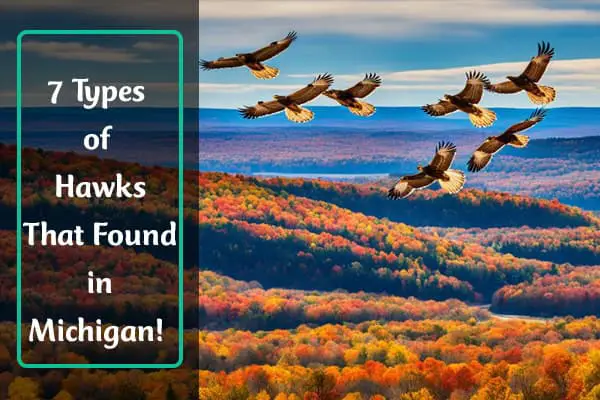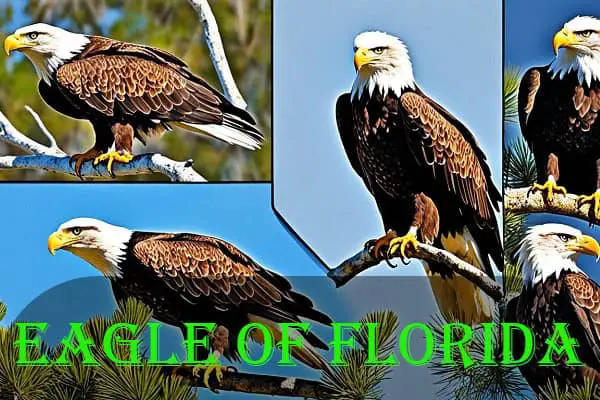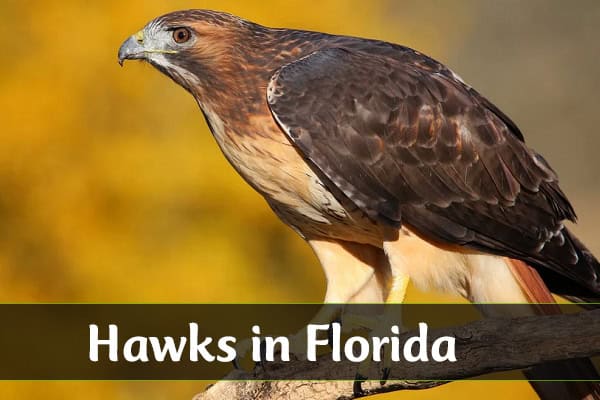8 Types of Owls in Jersey: Majestic Birds With Photos
Have you ever wondered about the birds that fly over Jersey’s peaceful landscapes? Owls in Jersey are these majestic raptors that live in Jersey’s varied places, from the wild coasts to the green forests. As winter comes, bird lovers look forward to the snowy owls’ visit. They travel from the Arctic to Jersey’s coastlines.
Exploring Jersey’s owl species lets us see the island’s natural beauty. What secrets do these birds hold? How can we see them on the Jersey shore?
1. Snowy Owls
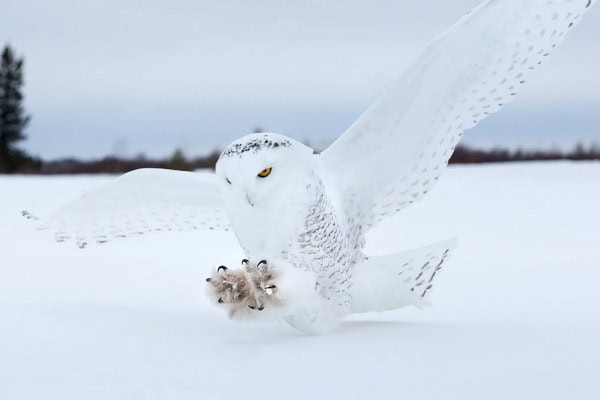
Get ready to be amazed by the snowy owls that visit New Jersey’s coasts in winter. These birds come from the Canadian tundra. They are drawn to the open fields and beaches that remind them of home. Bird lovers look forward to seeing these white owls because of their beauty and grace.
Spotting the Majestic Snowy Owls
More snowy owls have been seen in New Jersey lately. Places like Sandy Hook and Long Beach Island are great spots to see them. People who love birds and photography go there to see these owls in their natural setting.
Understanding the Snowy Owl’s Winter Migration
Snowy owls come to New Jersey for a reason. If their food in the Arctic is plentiful, they stay and raise many young. But if food is scarce, they move south to find more. This is why we see more snowy owls in New Jersey some winters.
| Snowy Owl Migration Statistics | Data |
|---|---|
| Snowy owls spotted at Cape Race, Newfoundland |
|
| Regions where snowy owls were observed |
|
| Snowy owl breeding success in northern Quebec |
|
These insights into the snowy owl migration help us understand why they visit New Jersey. Birdwatchers and nature lovers are excited to see these owls. They inspire wonder and awe in all who see them.
2. Great Horned Owls

The great horned owl is known for its loud “hoot” call. It’s a year-round resident in New Jersey. These large owls live in forests and even in suburban areas. They have strong talons and hunt small mammals, birds, and reptiles.
3. Eastern Screech Owls
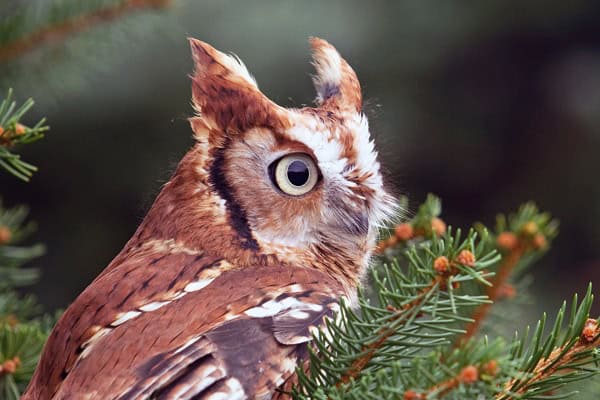
The eastern screech owl is another common bird in New Jersey. It’s small, with a trilling call. These owls live in wooded areas, even in cities and suburbs. They are skilled hunters, catching small rodents and insects.
Learning about New Jersey’s owl species helps us appreciate these birds more. It shows how important they are to our ecosystem.
| Owl Species | Length | Weight | Wingspan |
|---|---|---|---|
| Great Horned Owl | 17-25 inches | 2.5 to 4 pounds | 3 – 5 feet |
| Eastern Screech Owl | 6.3-9.8 inches | 4.2-8.6 oz. | 18-24 inches |
4. Barred Owls
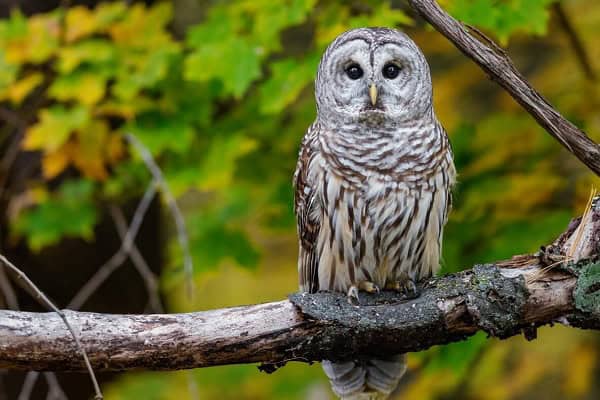
In New Jersey, the barred owl is a threatened species facing habitat loss. These owls love the quiet of big, old forests. But, these forests are getting smaller because of development and human actions.
Barred owls make a unique sound, like “who-cooks-for-you,” which fills the woods. Sadly, losing their homes has made their numbers go down over time.
Keeping big forests in New Jersey safe is key for the barred owls. The NJDEP has put $20 million into restoring about 10,000 acres of Atlantic white cedar trees in the Pinelands. This gives hope for the future of these amazing forest owls.
As threatened owls in New Jersey, barred owls show us the importance of taking care of forests. Protecting old-growth habitats helps them and many other species thrive. By doing this, we can help the barred owl and the rich variety of life they support.
| Statistic | Value |
|---|---|
| Barred Owls population growth rate (1966-2019) | 1.1% per year |
| Global breeding population of Barred Owls | 3.5 million |
| Barred Owls’ Continental Concern Score | 7 out of 20 |
5. Mighty Saw-Whet Owls

In New Jersey, the saw-whet owl is a standout for its small size and big hunting skills. It’s the smallest owl in the state, only 7-8 inches tall and weighing just 4 ounces. But don’t let its size fool you. This tiny bird has sharp talons and amazing hearing and vision. These skills help it hunt at night with great skill.
Saw-whet owls visit New Jersey’s woods in the winter, looking for small rodents and songbirds to eat. They make a unique “too-too-too” sound at night, which bird lovers find enchanting. This sound gives us a peek into the secret lives of these small owls new jersey.
Even though they’re small, saw-whet owls new jersey play a big role in the ecosystem. They help keep the balance right in their natural world. As part of the northern saw-whet owls jersey, they show us the beauty and diversity of New Jersey’s birds.
6. Long-Eared Owls
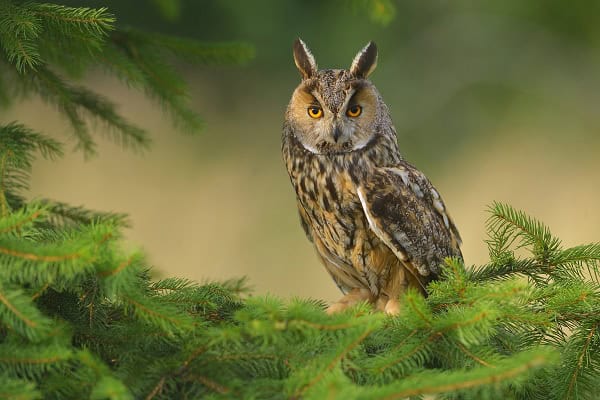
In the deep forests of New Jersey, you might see a long-eared owl. These birds are hard to spot because they like to hide. They have long feathers on their ears and live in thick woods. They come to New Jersey in the winter from the north to hunt small mammals.
Habitat Loss and Conservation Efforts
The long-eared owl is hard to find because its home is being destroyed. As more land is developed, their homes are getting smaller. Conserving large, intact forest tracts is crucial for supporting the long-term survival of this enigmatic owl species.
Groups and agencies are working hard to save the long-eared owl’s home in New Jersey. They buy land, manage it, and teach people about it. This helps protect long-eared owls new jersey and other elusive owls new jersey. By saving their homes, we can keep hearing their calls in the woods for years to come.
7. Short-eared owls
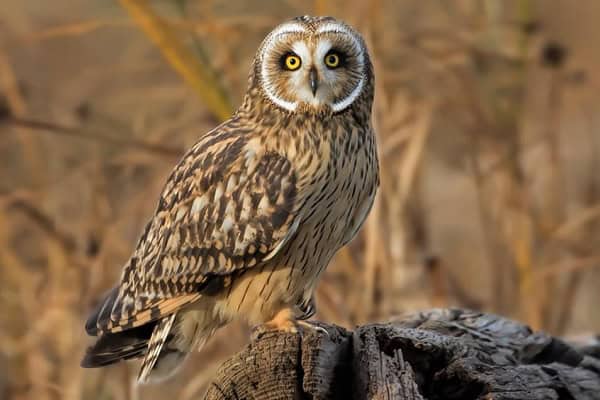
Short-eared owls were once common in New Jersey’s meadows and marshlands. They were known for their unique facial disks and bright yellow eyes. But, their numbers have greatly decreased in recent years.
The draining and development of their habitats have made them endangered. These changes have taken away their homes in wetlands and grasslands.
Short-eared owls hunt for small rodents and other prey at sunset. They need open, grassy areas for this. Losing these areas has greatly reduced their population.
Now, only a few dozen short-eared owls are left in New York State. This is close to New Jersey and has similar habitats.
Efforts to save the meadow owls new jersey and endangered owls new jersey are key to their recovery. Groups like the Grassland Bird Trust are working hard. They are managing and conserving important habitats, like the Washington County Grasslands Important Bird Area.
The short-eared owl faces challenges not just in New Jersey but across its range. Yet, with conservation efforts and awareness, there’s hope for these meadow owls new jersey. By saving and restoring their habitats, we can keep the short-eared owl in the Garden State for future generations.
8. Barn Owls
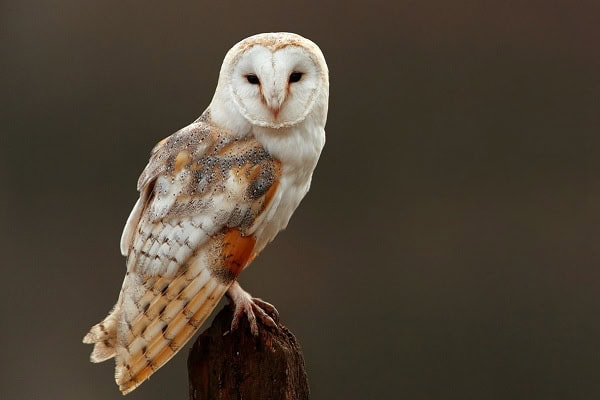
Barn owls in New Jersey love to nest in old barns, silos, and church towers. But, these places are disappearing, which worries experts. Many barn owls leave the state for warmer places in winter.
Preserving Nesting Habitats for Barn Owls
Keeping safe places for barn owls to nest is key to their survival in New Jersey. The state’s barn owl project aims to do just that. It focuses on keeping old barns safe and building owl boxes to help the population.
Back in the 1990s, New Jersey’s barn owl population was doing well. They nested in many places like bridges and warehouses. But by 2015, only 16 out of 39 nest boxes near the Delaware River had successful nests.
The project wants to learn more about where owls nest and how well they do. It’s getting help from groups like the Washington Crossing Audubon Society. They’re buying supplies for the nest boxes.
Keeping barn owls new jersey, owls in buildings new jersey, and giving them good nesting habitats new jersey owls is vital. It’s important for their survival in the state.
| Statistic | Value |
|---|---|
| Barn Owl Nests in 1990s | Found in various manmade structures, including bridges, bell towers, warehouses, and chimneys |
| Successful Fledging Nest Boxes in 2015 | 16 out of 39 nest boxes near marshes along the Delaware River |
| Barn Owl Chicks Banded (2009-2014) | Varied between 68 in 2013 to 155 in 2009 |
| Barn Owl Adults Banded in 2015 | 27% had been banded in the study area in previous years |
Where to Spot Owls in New Jersey
New Jersey is a top spot for birdwatchers and nature lovers. It’s home to many owl species, from the Great Horned Owl to the Saw-whet Owl. There are many places across the state where you can see these amazing birds.
Island Beach State Park is a favorite spot for owl watching. It’s where Snowy Owls come to spend the winter. Merrill Creek Reservoir in Warren County and Liberty State Park in Jersey City are also great places to see owls.
Birding groups and photographers share owl sightings online. This helps others find these birds. Centers like The Raptor Trust and Woodford Cedar Run Wildlife Refuge let you see owls up close. They offer a chance to learn and be amazed.
New Jersey is home to eight native owl species and one visitor. It’s a top place to see owls. Whether you’re a pro at birdwatching or just curious, you’ll be amazed by the owl watching opportunities here.
| Owl Species | Habitat | Average Lifespan | Population Trend |
|---|---|---|---|
| Barred Owl | Thick, swampy woodlands | 8 years (max. 26 years) | Slight increase |
| Short-eared Owl | Open grasslands and marshes | 4 years (max. 12 years) | Declining |
| Snowy Owl | Coastal areas | N/A | Vulnerable, declining |
| Northern Saw-whet Owl | Coniferous and mixed forests | 4 years (max. 10 years) | Decreasing |
| Great Horned Owl | Widespread, from forests to suburbs | 13 years (max. 28 years) | Stable |
Responsible Owl Watching and Photography
More people are now into watching and taking pictures of owls in New Jersey. It’s important for bird lovers and nature fans to watch them responsibly. This way, we don’t bother these birds too much.
Experts say keep at least 100 feet away from owls. They need to save energy for the cold winter. Using binoculars, spotting scopes, and telephoto lenses helps. This way, we don’t get too close and scare them away.
It’s also key to respect private land and public areas with rules. Trespassing to see wildlife is illegal and wrong. This helps keep New Jersey’s owls and their homes safe.
Being quiet is important when watching wildlife. Animals that nest don’t like loud noises and might leave their homes. If we chase or get too close, we could hurt them. This also makes them use more energy, which is bad for their survival.
Read Our Previous Articles
| Hawks In Iowa |
| Falcons In California |
| Hummingbird Species in New York |
| Types Of Hawks in Florida |
Frequently Asked Questions
How do I find owls in my area?
To find owls in your area, start by researching local species and their habitats. Listen for owl calls at night, especially during dusk and dawn. Visiting wooded areas, parks, or nature reserves can increase your chances of spotting owls.
Can you get owls in your garden?
Yes, you can attract owls to your garden by providing suitable habitats, such as mature trees or nesting boxes. Ensuring a food source, like rodents, and reducing artificial lighting can also help.
What owls live in towns?
Several owl species can adapt to urban environments, including the Barn Owl, Eastern Screech-Owl, and Great Horned Owl. These owls often find food and nesting sites in parks, gardens, and buildings.
What is the most common place owls live?
The most common places owls live are forests, woodlands, and open fields. However, they can also be found in deserts, tundras, and urban areas depending on the species.




